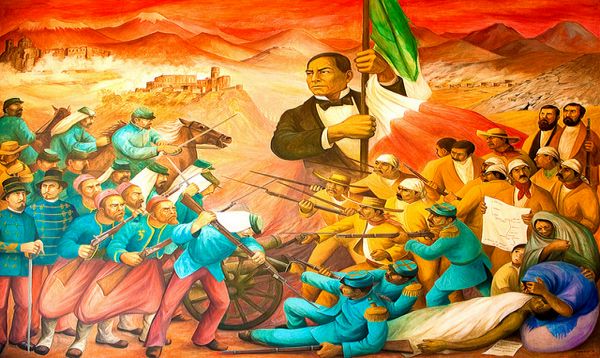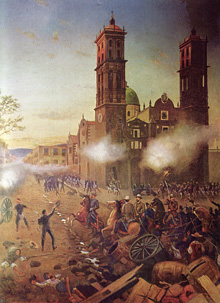Puerto Vallarta, Mexico - Cinco de Mayo, translated as the "Fifth of May" in English, is a celebration of Mexican heritage and pride. A common misconception in the United States is that Cinco de Mayo is Mexico's 'Independence Day,' when in fact it is not.
Mexico's Independence Day is actually celebrated every year on September 16th, when Mexico declared its independence from Spain, first proclaimed in 1810. Even though Mexico had declared its independence, there were still battles and skirmishes 50 years later.
The Mexicans won that battle, but the French army won the war, and in 1864 a European emperor was put on the Mexican throne; but only reigned for three years before he was killed. Even during this time, Mexicans celebrated Cinco de Mayo.
Though the battle at Puebla was militarily insignificant, to the people it marked a great triumph against incredible odds. Puebla's name was changed to Puebla de Zaragoza, after the general who led the victorious Mexican forces. The unlikely win united the people of Mexico and gave them hope for a free Mexico.
Every year in towns throughout Mexico, the fiesta includes carnivals and authentically-dressed performers dancing to patriotic songs. Mariachi bands play Mexican tunes, and children dress up in traditional costumes.
Mexican flags appear everywhere, and red, white and green decorations are evident everywhere you turn. The Mexican president gives a speech in Mexico City that is televised nationwide, and the day's reveling ends with shouts of "¡Viva Mexico!"
In places like Puebla and Mexico City, there is a reenactment of the battle. Men dress as French and Mexican soldiers, and women wear the clothing of the soldaderos, the women who cooked for and looked after the soldiers in wartime. In some representations, the Mexican soldiers carry machetes and old gun-powder rifles, and the French soldiers carry bags with wine bottles sticking out. It is said that in some of these staged battles, there are actual casualties. In other reenactments, fruit is used as ammunition, so the worst injury possible is an apple to the head.
Interestingly enough, it is not only Mexicans who celebrate Cinco de Mayo. If the Mexican army had been defeated on May 5, the French might have acquired additional land. The course of history might have followed a different path and United States territory divided differently. Life may have been very different for Americans and Mexicans alike.
The date is perhaps best recognized in the United States as a date to celebrate the culture and experiences of Americans of Mexican ancestry, much as St. Patrick's Day, Oktoberfest, and the Chinese New Year are used to celebrate those of Irish, German, and Chinese ancestry, respectively. Similar to those holidays, Cinco de Mayo is observed by many Americans regardless of ethnic origin.
In many cities throughout the US, special events and celebrations highlighting Mexican food, beverages festivities and music take place throughout the first week of May, so that Cinco de Mayo has become a bigger holiday north of the border than it is to the south, and being adopted into the holiday calendar of more and more people every year.



